While many feared that the pandemic would result in deserted high streets, the reality is that more retail stores have opened than have closed. According to one study from over the pond, shared by Retail Customer Experience, national retailers have announced 3,199 store openings but just 2,548 closures in the past year to date.
The pandemic has, though, inspired some digital pure plays to reconsider their customer journey and launch physical stores. Such brands are new to in-store operations and in-person experiential retail, meaning they need to create new competencies and capabilities that meet consumers wherever they may be – and on their terms.
Here are three tips to help retailers succeed when adjusting to the ‘real world’.
1. Understand customer expectations
Product discovery is a key factor tempting shoppers in-store – in fact, a pre-pandemic Oracle study found that this was a priority stage in the buyer journey for 36% of consumers. A good reason to make stores immersive, exciting and potentially interactive spaces to trial new products.
Empty shelves are a huge bugbear among shoppers, however. An Oracle study from this year found that out-of-stock items topped the list of what constitutes a poor shopping experience for 34% of consumers. A third (33%) admitted that they would try another brand rather than wait for the item to come back in store, while 27% admitted they’d go to another retailer. A fully-stocked inventory is therefore a must.
Understandably, a safety-first approach is key for retailers opening stores. Eight in ten shoppers say they’d be willing to visit a physical store provided there are safety precautions in place, including robust cleaning procedures and mask wearing.
2. Utilise retail tech
Digital brands already have a wealth of tools and technology insights at their disposal; they now need to work out how to translate these into the real world. Harnessing the correct technology is key, and selecting a quality POS and retail platform will also be crucial to in-store operational success.
Regardless of channel, shoppers prioritise convenience from their experience with brands. In-store, this takes the form of measures such as self-service checkouts, pay-by-link/QR code and BOPIS (buy online pick up in-store).
Other essential technology includes a forecasting platform that enables retailers to estimate daily foot traffic and get prepared ahead of the notoriously busy end-of-year season.
3. Upgrade staff training
Consumers are returning to stores with renewed expectations and demands, and staff must be trained sufficiently in order to meet these. Shoppers will want to know what’s on offer, if more stock is available, and which check-out lane is fastest. Over four in ten (44%) shoppers said unhelpful staff defined a poor shopping experience.
Retailers moving from online to in-store can empower their staff with technology such as mobile devices or tablets. These tools can help staff find items and inventory, highlight individual shopper profiles, make recommendations and even double up as a POS – ultimately, helping them deliver an exceptional in-store experience.
If you need help perfecting your in-store strategy, we’ve got the skills, tools and know-how – get in touch: hello@thedeltagroup.com.





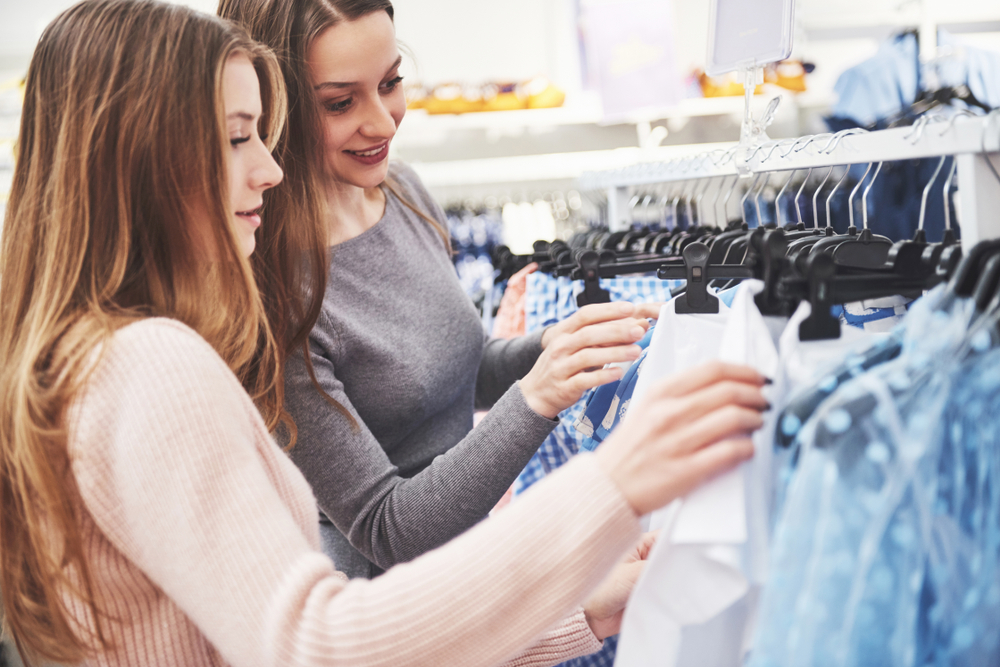

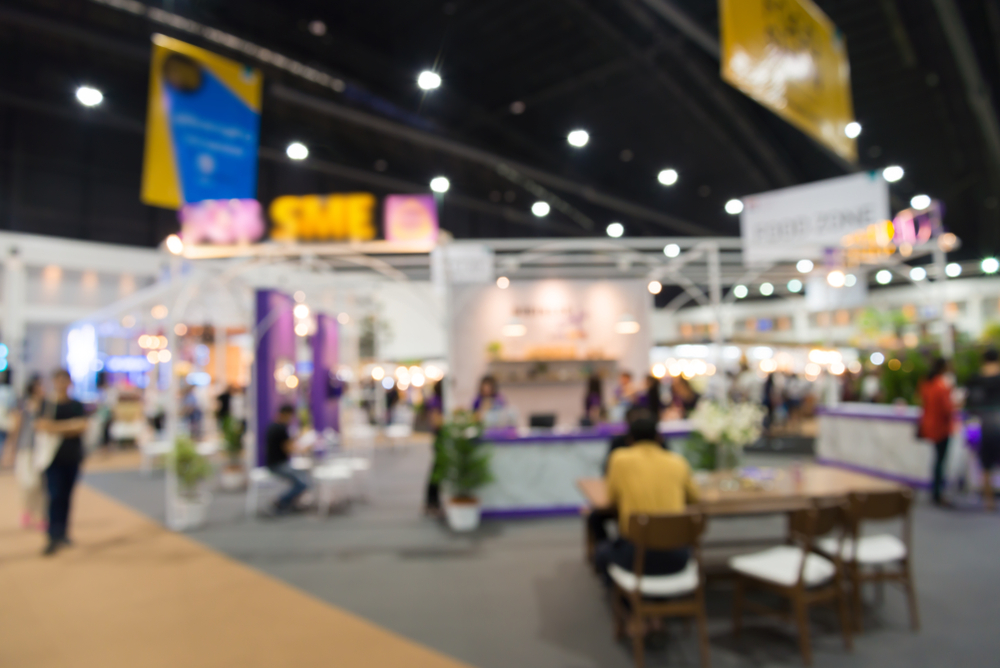

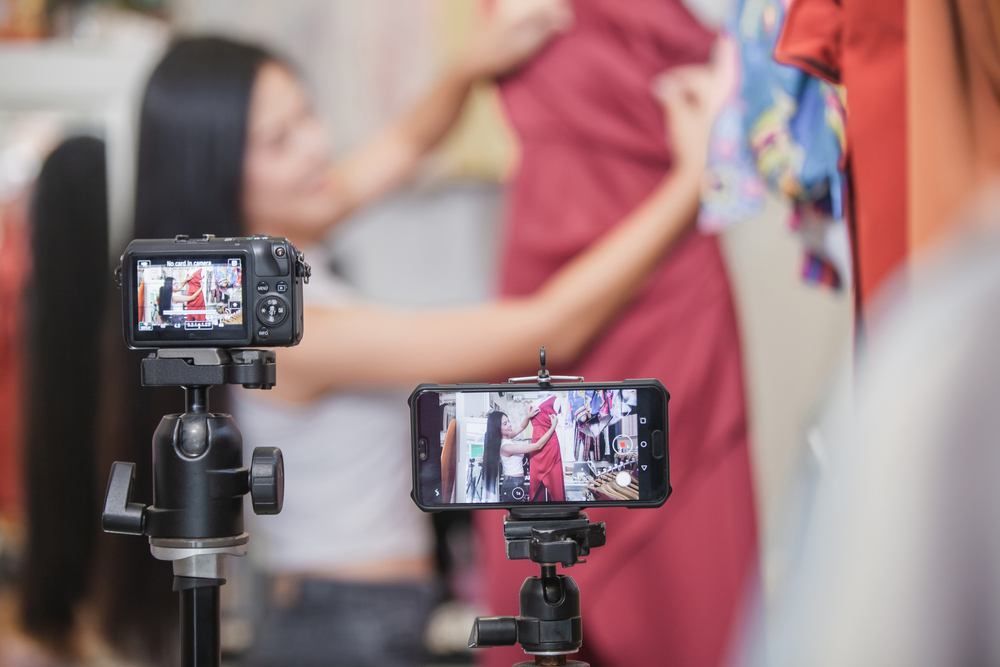
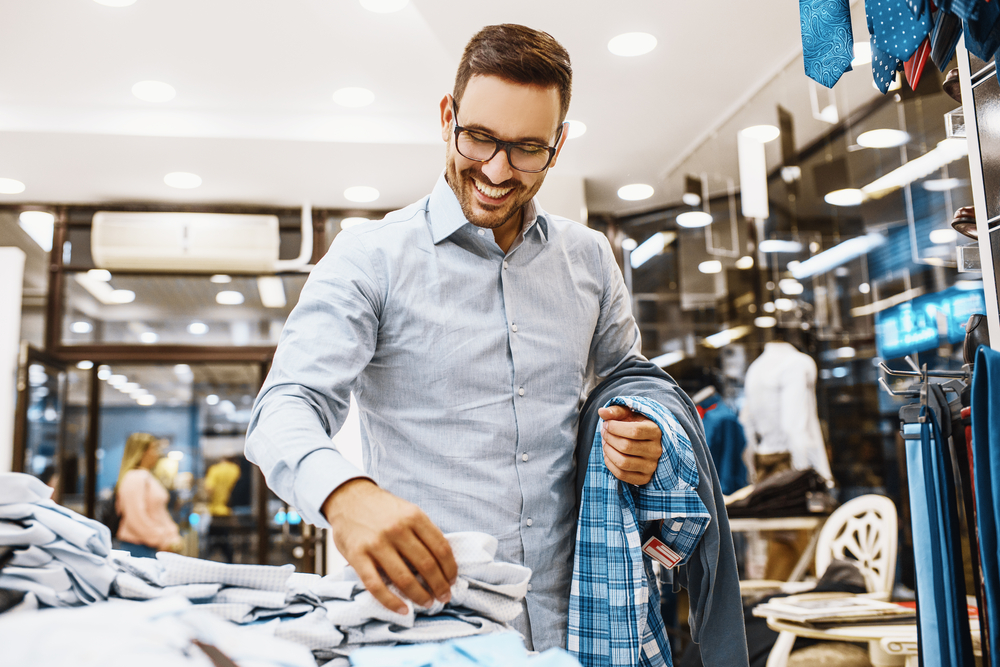
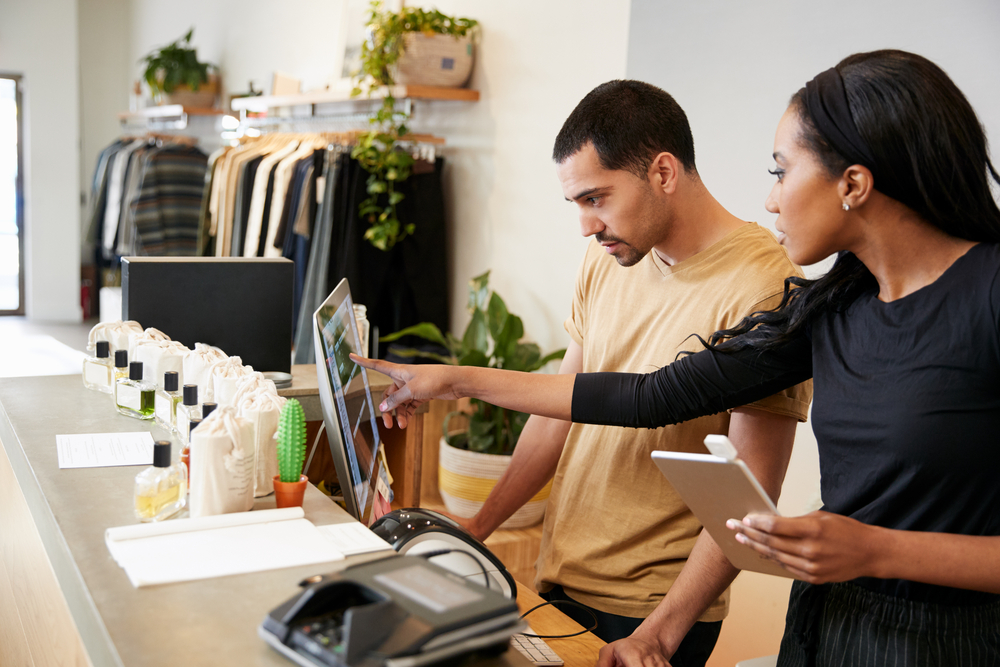
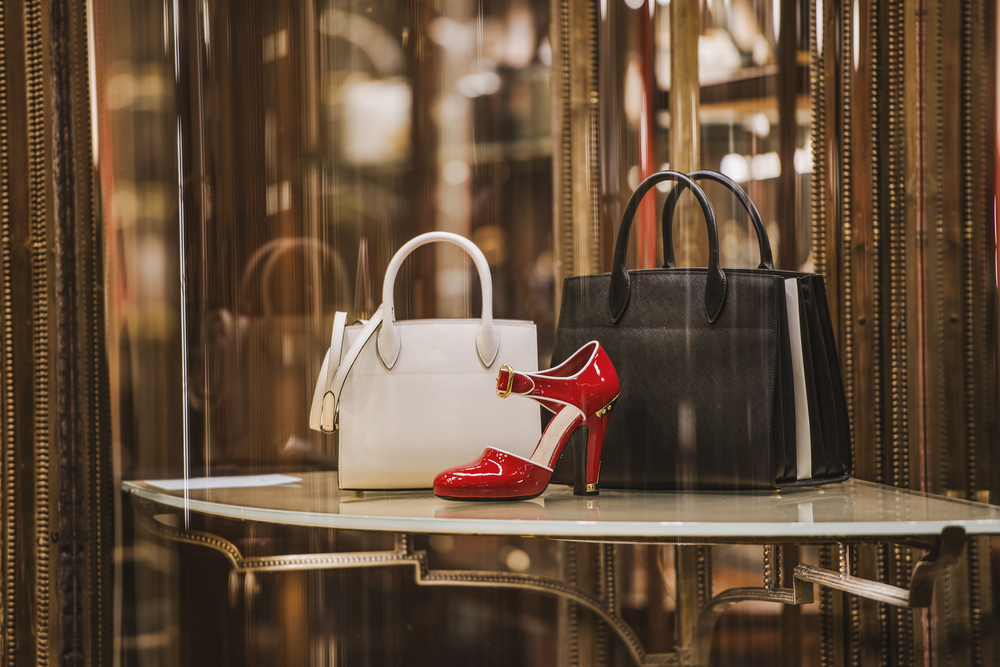


Latest posts